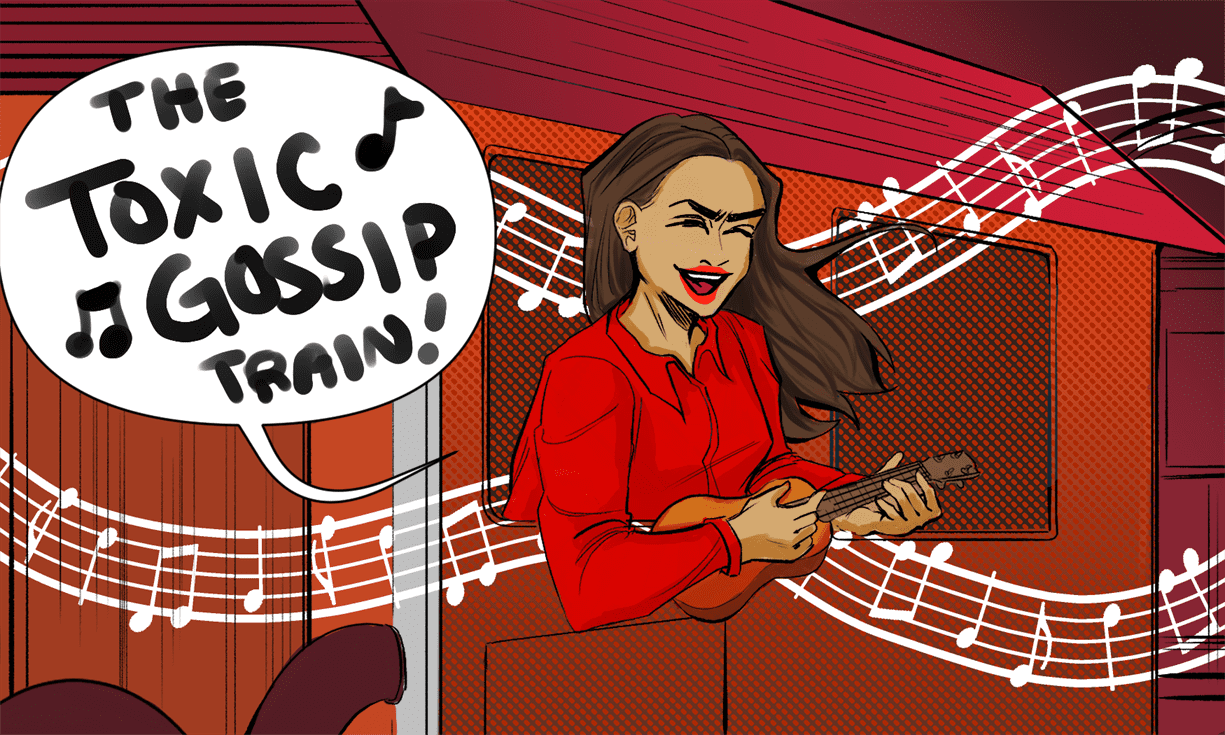As of late, we have new names to add to the list of controversial artists. Colleen Ballinger, Matt Healy and Lizzo. This “list” is infinite.
Artists do what they’re meant to do: evoke a prominent reaction from us and capture our attention to something about them.
Seeing this upsurge happen time and time again compels me to share my thoughts on it.
A while ago, with the outrage of Ye’s, formerly known as Kayne West, antisemitism rocking the fanbase, the conversation flared up as the megastar’s actions made us question what kind of engagement is correct. The Montclarion, along with countless other magazines, hopped on the wave of the “art vs. artist” dispute.
An earlier article claimed that because art and artists are connected, there exists an ethical decision of whether or not to continue interacting with the media. This choice to either omit or ignore reflects who and what is considered acceptable.
We want to punish bad people. This includes artists, but who enacts the punishment? Us, the consumers? Since when?
Regular people made celebrities. Now, it seems we’ve shouldered this responsibility of deciding what is deserving of our attention. It’s the art itself that concerns us, but now the creator, who has no real ties to us, takes center stage.
This is how art has evolved since the birth and evolution of celebrity status. I do not want to flat-out say we created this problem, but there was a time when you knew very little about artists, so art existed in a vacuum just as it was meant to be.
Now, we live in a day and age where we can and do know about artists.
Because we made them false idols with real human standards, we opened the door for potential emotional ties, a door that is, dare I say, an artificial thing.
Whether it is rational or not, the truth is that we feel it and we feel it strongly.
This is my stance.
While the approach stated in the prior article makes us feel good, it doesn’t solve the bigger, overarching problem, which is the marked influence problematic artists had and will continue to have to go further.
Attempting to deplete the financial reward of their work is short-term satisfaction. Their real reward was making a lasting impact on society, and no one can take that away from them.
The art was made. It had an impact and got “polluted” by something its creator did, whether or not their actions directly correlated to the art’s creation or intent.
Everyone is free to deal with their feelings as they wish. But consider that these reactions are emotional, and not necessarily rigid, ethical responses. We construct our reactions in a way to process hurt, anger and guilt, and to have something seemingly solid to live by.
The sheer volatility of it all makes it hard to even consider the question, “Is the art’s only real, fundamental connection to artists the name-tag it bears?”
Our feelings may escalate beyond that question, rushing us to an emotional conclusion of removing the art from our lives and eradicating all of the artist’s presence.
Even as I write this, it feels wrong to say this. I’m not saying ethics don’t matter. Rather, where, what and who those ethics concern and in what respect is what I’m trying to ask.
A boycott is an active protest, but it often remains at the individual’s discretion. We rarely see a widespread boycott of anything, which suggests either “weak” morals or a complicated analysis of feelings towards the art.
So then, what will I do? I continue to engage with art as it crosses my path. I’m reminded of what the artist did when I look at the art. Even if pure rationale suggests that the two aren’t linked in the way I think it is, I cannot always override the emotional reaction that arises from said art.
There is the nostalgic enjoyment accompanied by a confused reaction to the so-called “interconnectedness” of art and artist.
I am going to live and die, and the art will remain. It will still influence people.
The question of how we allow that connection to evolve is what bleeds through and stains everyone’s mind.



